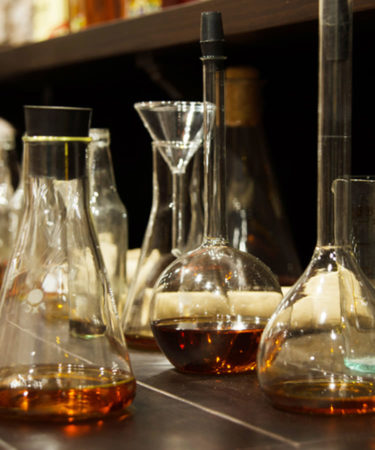Counterfeit bottles are a common scourge on wine and spirits collections. But fakes could soon be consigned to history, with a team of Scotland-based scientists claiming to have developed an ingenious method for detecting whether that 12-year-old whiskey you’re drinking is all it claims to be.
Developed by a University of Glasgow research team, the “artificial tongue” can identify the difference between single malts, learning what each whisky should taste like in the process. The technology relies on artificial tastebuds — 500 times smaller than the ones on your tongue — that detect different chemical compounds present in spirits, the Guardian reports. The device then creates a unique “fingerprint” for each sample, which can be tested against bottles suspected to be counterfeit.
As part of their research, the team tested the “artificial tongue” using seven different single malts, as well as water, 40-percent ABV vodka, and water mixed with ethanol. The device produced uniques fingerprints for each of the whiskies, successfully distinguishing between the different pours, which included 12- and 18-year-old samples of Glenfiddich, a 10-year-old Laphroaig, and Glen Marnoch’s single malt Rum Cask.
“Although [the whiskies’] chemical compositions are pretty similar,” Dr. Alasdair Clark, the lead author of the research from the University of Glasgow, told The Guardian, “the way that we have designed the experiment means that we can still separate them out as separate entities.”
The technology can also be used to monitor rivers for environmental hazards and identify contaminated liquids. Good news, then, for those who worry about their “poison” containing actual poison.
